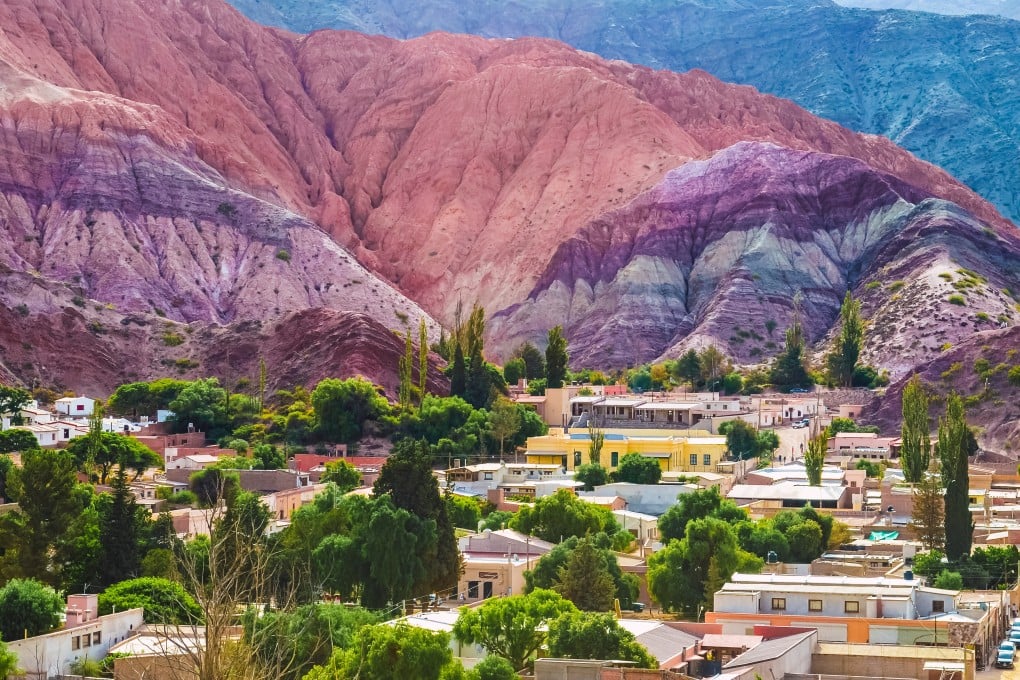How China’s resources and ground-up relationships helped it push out the US to dominate South America
- Jujuy province in Argentina, home to one of the continent’s largest solar energy plants, shows how China is going local to expand and strengthen its financial grip
- The US has stressed the risk of buying technology from state-controlled companies that can be used for civilian and military purposes, including espionage

Chinese technology and money have helped build one of Latin America’s largest solar energy plants in Jujuy, where hundreds of thousands of panels coat the desert like giant dominoes. Chinese security cameras guard government buildings across the provincial capital. Servers hum in a Chinese data storage plant. Beneath the remote, craggy hills and vast salt lakes lie veins of copper, lithium and zinc, the raw materials of 21st century technology – including Chinese-made electric-car batteries.
Instead of focusing on national leaders, China and its companies have built relationships from the ground up. In 2019 alone, at least eight Brazilian governors and four deputy governors travelled to China. In a September 2019 speech, Zou Xiaoli, China’s ambassador to Argentina, said his country’s infrastructure push was helping weave Latin America into the global marketplace. “China will lend strong support to Argentina’s economic and social development,” he said.
As Argentina’s Jujuy province illustrates, no region is too remote for China’s scrupulous attention. With perhaps a touch of hyperbole, Gabriel Marquez, chief executive officer of a Jujuy lithium research and development centre, describes the effectiveness of the approach: “You have this poor governor from Argentina who has Xi Jinping’s phone number.”
